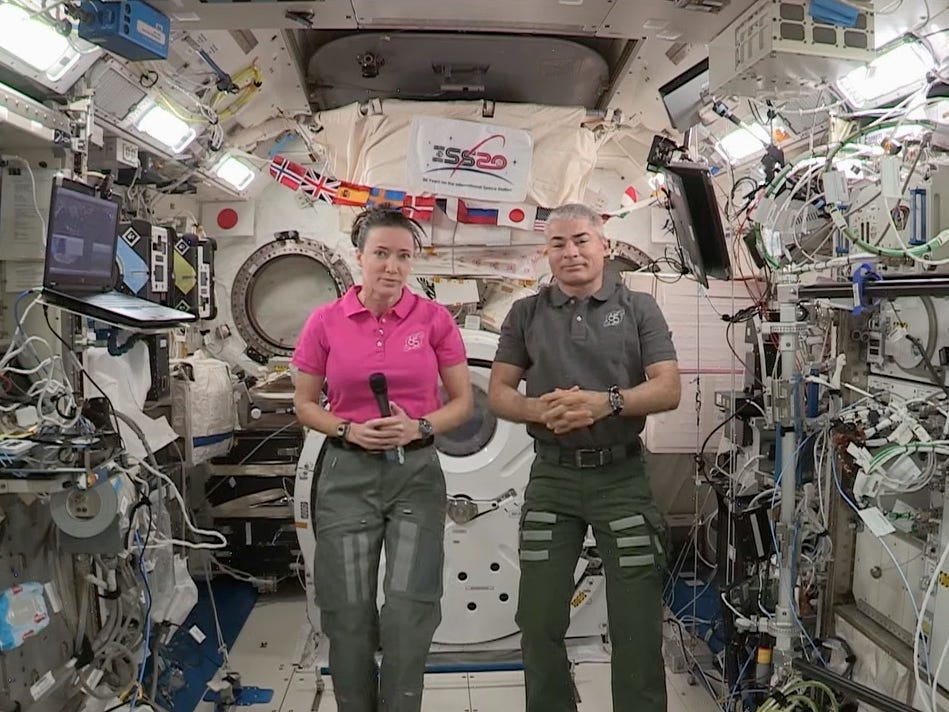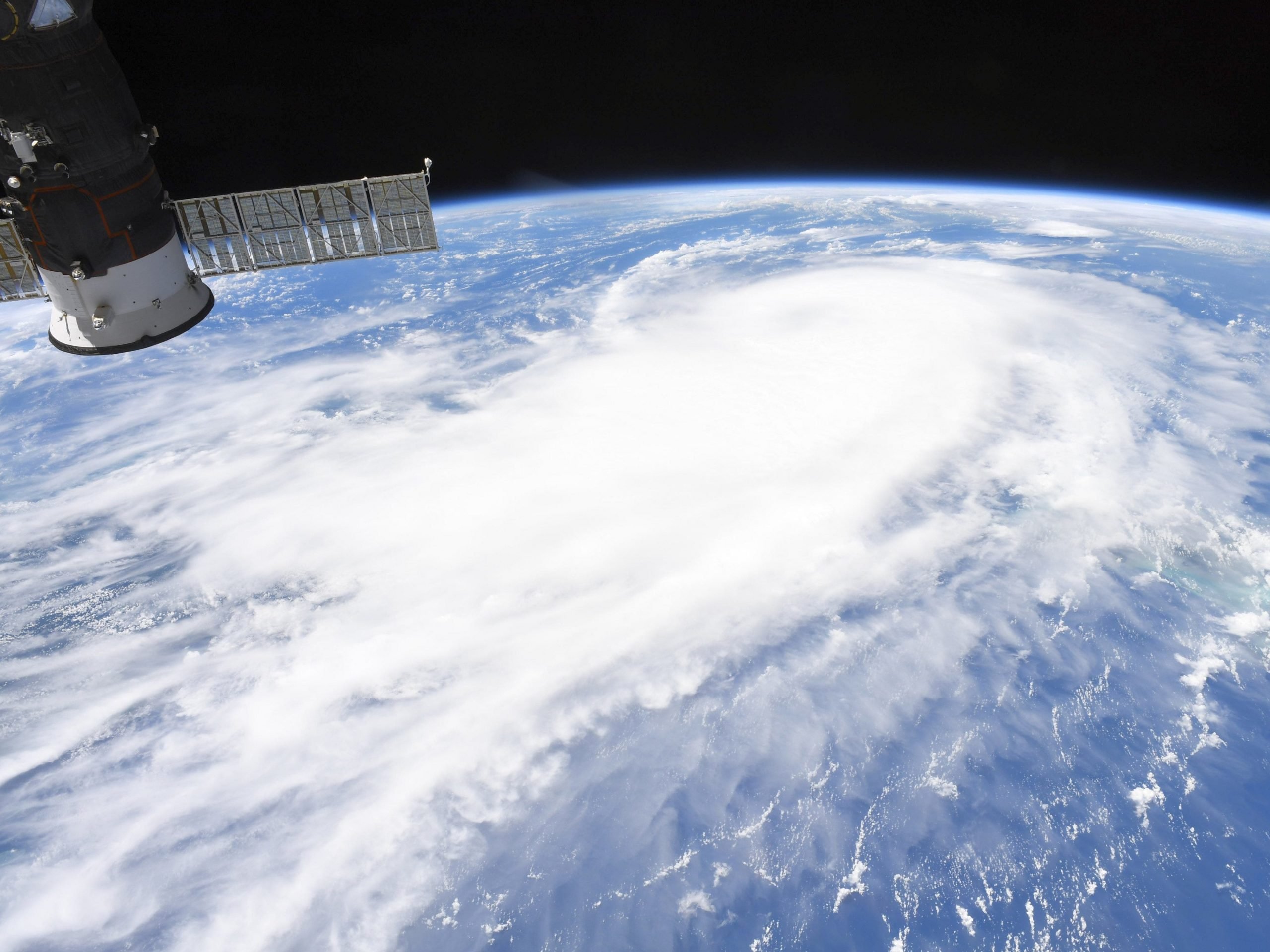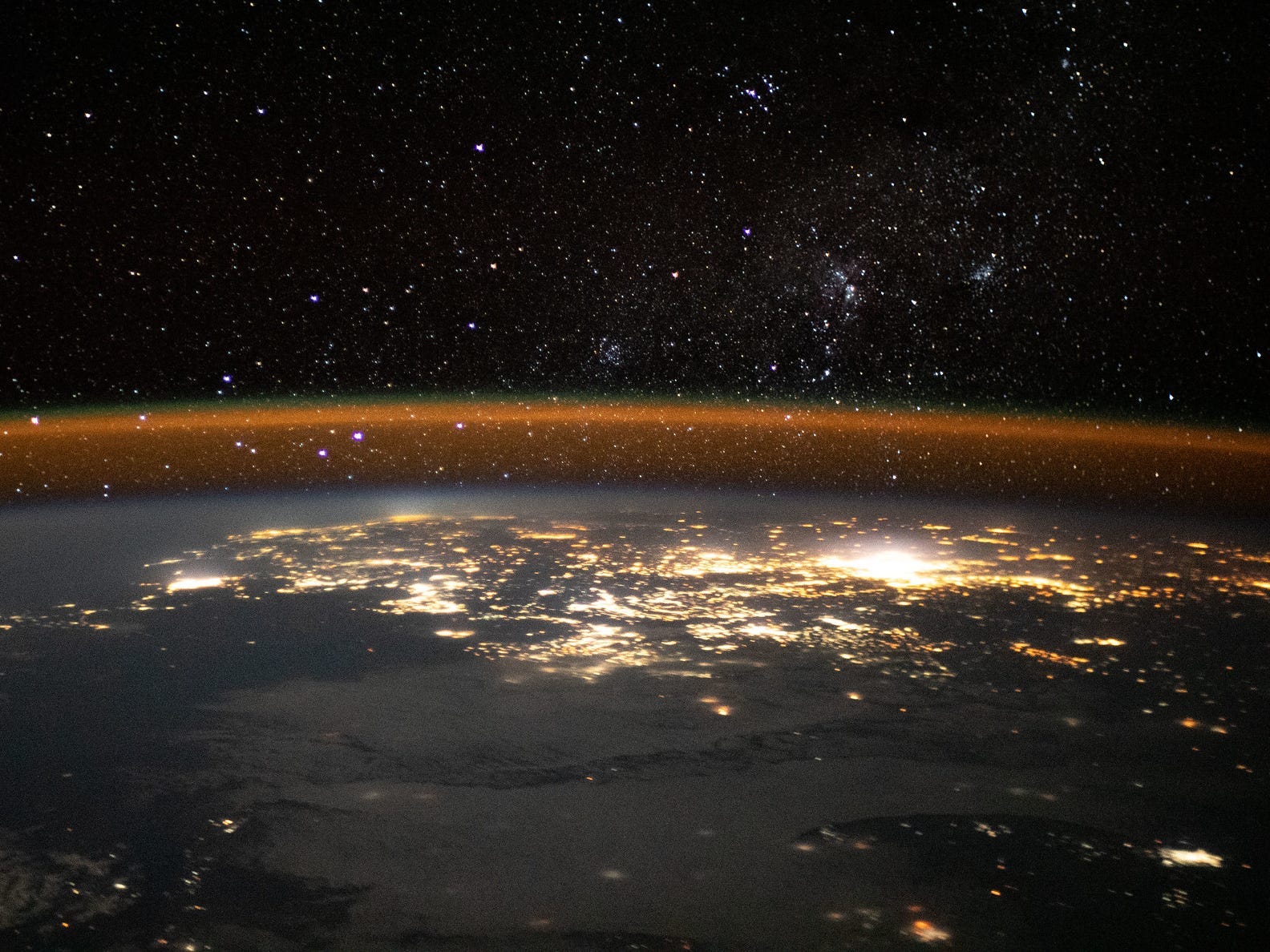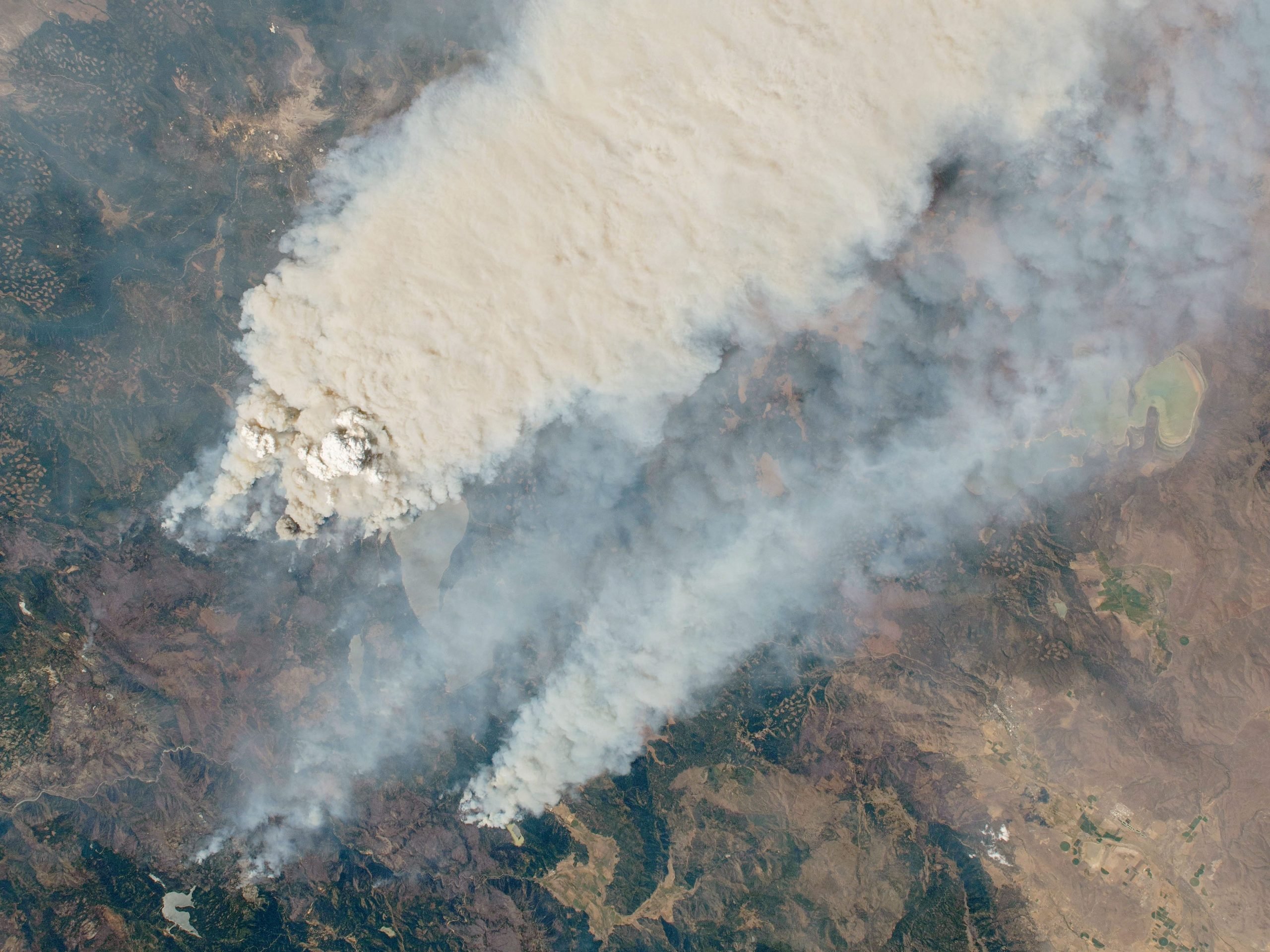
NASA
- NASA astronaut Megan McArthur says she's "saddened" to see wildfires burning across the globe.
- Astronauts on the International Space Station can see the extreme weather caused by climate change.
- A new UN report on climate change is "a warning for the entire global community," McArthur said.
- See more stories on Insider's business page.
Astronauts have a better view of Earth than anybody, but lately it's a discouraging one.
"We've been very saddened to see fires over huge sections of the Earth, not just the United States," NASA astronaut Megan McArthur told Insider on a recent call from the space station.
Wildfires are raging across the US, Canada, Greece, Turkey, Italy, Algeria, and Siberia. McArthur's crewmate, French astronaut Thomas Pesquet, has posted photos of those blazes from above on Twitter.
-Thomas Pesquet (@Thom_astro) August 4, 2021
Wildfires are one of the most visible hallmarks of the climate crisis. This summer, they've come alongside historic heat waves and the western US's worst drought in the 20-year history of the US Drought Monitor.
A new report from the UN's Intergovernmental Panel on Climate Change (IPCC) warns that "fire weather" will probably increase by 2050 in North America, Central America, parts of South America, the Mediterranean, southern Africa, north Asia, Australia, and New Zealand. That means more days where conditions are warm, dry, and windy enough to trigger and sustain wildfires.
The amount of fuel available to burn in those places - dry vegetation - is also likely to increase as rising temperatures cause the air to absorb more moisture and bring about more droughts.
-Thomas Pesquet (@Thom_astro) August 10, 2021
The IPCC report, released Monday, is the first part of the group's sixth assessment, which recruits hundreds of experts to analyze years of scientific research on climate change. Those experts determined that global temperatures will almost certainly rise at least 1.5 degrees Celsius above the preindustrial average by 2040.
That may sound small, but it brings about huge changes across the planet, including further melting of glaciers and polar ice caps. This contributes to sea-level rise, and water expands as it heats up, so it is virtually certain that oceans will continue rising through the end of this century. In the best case scenario, the IPCC authors said, oceans will rise by nearly a foot over the next 80 years.
But there is still time to prevent 2 degrees Celsius of warming and the even more catastrophic changes that would bring, the report said.
"Over many years, scientists around the world have been sounding this alarm bell," McArthur said. "This is a warning for the entire global community. It's going to take the entire global community to face this and to work through these challenges."
Astronauts can see the climate crisis unfolding across the planet

Chris Cassidy/NASA
Astronauts can see other signs of the changing climate, too: "Big tropical storms - those are always coming, and potentially the flooding that comes after them," McArthur said. "We can see all of those effects from up here."
Future astronauts will probably observe even more of that. The IPCC report found that combinations of extreme events like heavy rainfall and hurricane-caused storm surge, paired with rising seas, will continue to make flooding more likely in coming decades.
Other satellites can also see signs of drought, like dried-up reservoirs across California.
"The other thing that we can see, of course, is the very thin lens of atmosphere," McArthur said. "That is what protects our Earth and everything on it. And we see how fragile that is, and we know how important it is."

NASA
The burning of fossil fuels like coal and oil is drastically changing that thin atmosphere by filling it with heat-trapping gas.
In 2019, the concentration of carbon in the atmosphere was higher than at any time in at least 2 million years, according to the IPCC report. Concentrations of methane and nitrous oxide - more potent greenhouse gases than carbon dioxide - were higher than at any time in at least 800,000 years.

NASA/JSC
As those gases fill the atmosphere, they prevent more and more heat from the sun from bouncing back into space. That's what's causing global temperatures to rise and bringing about the extreme weather that astronauts are watching in horror.
"That is the place that we need to be able to live. So it's important that we take ownership of whatever we can do to help maintain it," NASA astronaut Mark Vande Hei told Insider.
